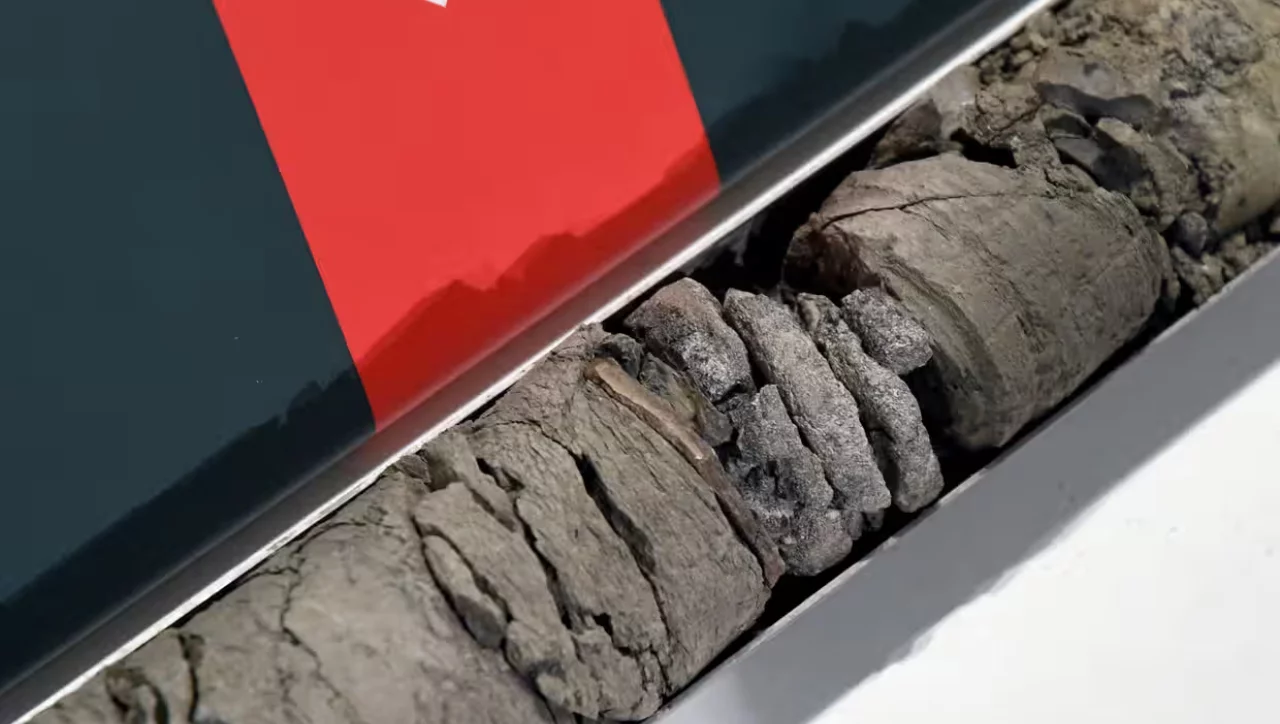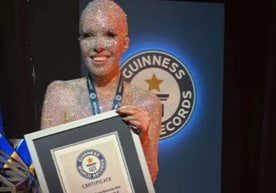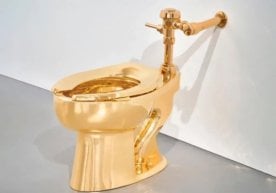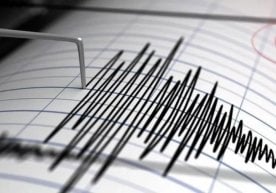
Experts at Denver’s Museum of Nature and Science stumbled upon a surprising discovery — a fragment of dinosaur bone was found beneath the museum’s own parking lot.
This museum is well known for its giant dinosaur skeletons that amaze both children and adults. Though this recent find isn’t as visually impressive, its significance is enormous.
The fossil was identified in a core sample taken from a 230-meter (763-foot) deep drill hole intended to study geothermal energy potential. The bore was only 5 cm wide, making the chances of hitting a dinosaur bone nearly zero.
James Hagadorn, the museum’s curator of geology, commented:
“It’s like hitting a hole-in-one from the moon. Like winning the Willy Wonka factory. It’s incredibly rare.”
According to museum officials, only two similar cases have ever been recorded globally, and this is the first on the grounds of a dinosaur museum.
The bone is believed to belong to a small herbivorous dinosaur that lived around 67.5 million years ago, in the late Cretaceous period. Scientists say dinosaurs were wiped out by an asteroid impact about 66 million years ago.
Fossilized plant matter was also found near the bone, indicating that the area was likely a swampy, lush environment. Patrick O’Connor, curator of vertebrate paleontology, stated:
“This animal probably lived in a wet, marsh-like area. Such conditions helped preserve both the bone and plant remains.”
Although Denver has yielded T. rex and triceratops fossils before, this is the city’s deepest and oldest dinosaur discovery.
Not all experts share the same enthusiasm. Thomas Williamson, curator at the New Mexico Museum of Natural History, said:
“It’s certainly surprising, but scientifically, not that exciting. Sadly, we can’t determine the exact species.”
Erin LaCount, director at Dinosaur Ridge, reacted enthusiastically:
“The find is absolutely legit and SUPER COOL!”
She believes the bone might belong to a duck-billed dinosaur or a smaller relative like a thescelosaurus.
The fossil is now on display in the museum’s special exhibit. However, officials don’t plan further excavation under the parking lot. Hagadorn explained:
“I’d love to dig 763 feet to find the rest of that dinosaur. But we really need the parking space.”
In short, this unexpected find has become a scientifically valuable and publicly captivating exhibit — a discovery that sparks new interest among dinosaur enthusiasts around the world.
Read “Zamin” on Telegram!
Ctrl
Enter
Found a mistake?
Select the phrase and press Ctrl+Enter 












